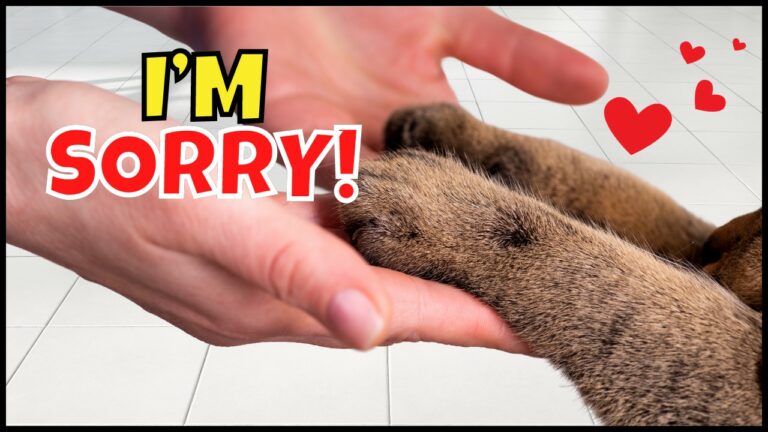Why Do Cats' Pupils Dilate? The Fascinating Reasons Revealed
Have you ever noticed your
It’s not just a significant; there are several compelling reasons behind this fascinating behavior.
From sharpening their hunting instincts to expressing a range of emotional responses, the dilation of a
Understanding these reasons can offer valuable insights into your
So, why exactly do those pupils change size, and what can they tell you about your
Hunting Instincts
When cats are hunting, their pupils dilate to help them see better in low light conditions.
This dilation is a vital adaptation that allows more light to enter their eyes, enhancing their night vision, which is essential for a nocturnal predator.
You might notice that your
This change in pupil size sharpens their ability to detect movement and detail, giving them an edge in catching prey.
Cats are crepuscular, meaning they’re most active during dawn and dusk.
During these times, light levels are low, so their dilated pupils help them navigate their environment more effectively.
This adaptation not only improves their hunting skills but also aids in avoiding potential dangers.
By maximizing their vision, cats can better judge distances and movements, making them formidable hunters.
Moreover, the ability to quickly dilate and constrict their pupils allows cats to adapt swiftly to varying lighting conditions, ensuring they’re always ready to pounce.
Understanding this aspect of feline behavior can help you appreciate the incredible adaptations that make your
Emotional Responses
Cats’ pupils can also dilate in response to various emotional states, reflecting their feelings of excitement, fear, or aggression.
When your
This dilation helps them take in more visual information, heightening their sense of curiosity and readiness to pounce.
Fear is another powerful emotion that can cause your kitty’s pupils to expand. If your furry companion feels threatened, their eyes will often become large and round.
This physiological response prepares them to either fight or flee by enhancing their visual perception, allowing them to better assess potential dangers.
Aggression can also trigger pupil dilation.
When a
This is often accompanied by other body language cues, such as flattened ears and a puffed-up tail, indicating that your
Environmental Light
In addition to emotional responses, your
When your
This adaptation is essential for their nocturnal nature, allowing them to hunt and navigate effectively during low-light conditions.
Conversely, when your
This rapid adjustment helps maintain excellent vision and prevents the discomfort caused by excessive brightness.
You might notice this change if your
It’s a natural, automatic response that ensures your
Understanding this can help you better appreciate your
Health Indicators
Pupil dilation can serve as a critical indicator of your
When your
For instance, hypertension, a common issue in older cats, can cause prolonged pupil dilation. High blood pressure can lead to serious complications like blindness if not promptly addressed.
Additionally, neurological disorders might be at play.
Conditions affecting the brain, such as trauma or brain tumors, can cause abnormal pupil dilation. Monitoring your
Eye infections or inflammations, such as uveitis, can also result in pupil dilation.
Symptoms like redness, discharge, or your
Furthermore, certain medications or toxins can affect pupil size. If your
Regularly checking your
Early intervention can make a significant difference in your
Communication Signals
Your
For instance, if you’re engaging in a fun activity like playing with a feather toy, your
Conversely, if your
On the other hand, consistently dilated pupils paired with other stress signs, like flattened ears or a twitching tail, can suggest your
Recognizing these cues helps you create a more comfortable and responsive environment for your kitty companion.
Conclusion
Understanding why your
Whether it’s their natural hunting instincts, emotional responses, or reactions to light, knowing these triggers can improve your bond.
Additionally, recognizing changes in pupil size as vital health indicators or communication signals is essential for early intervention and effective care.
By paying close attention to these cues, you’re not just a pet owner; you’re an attentive and caring friend.






